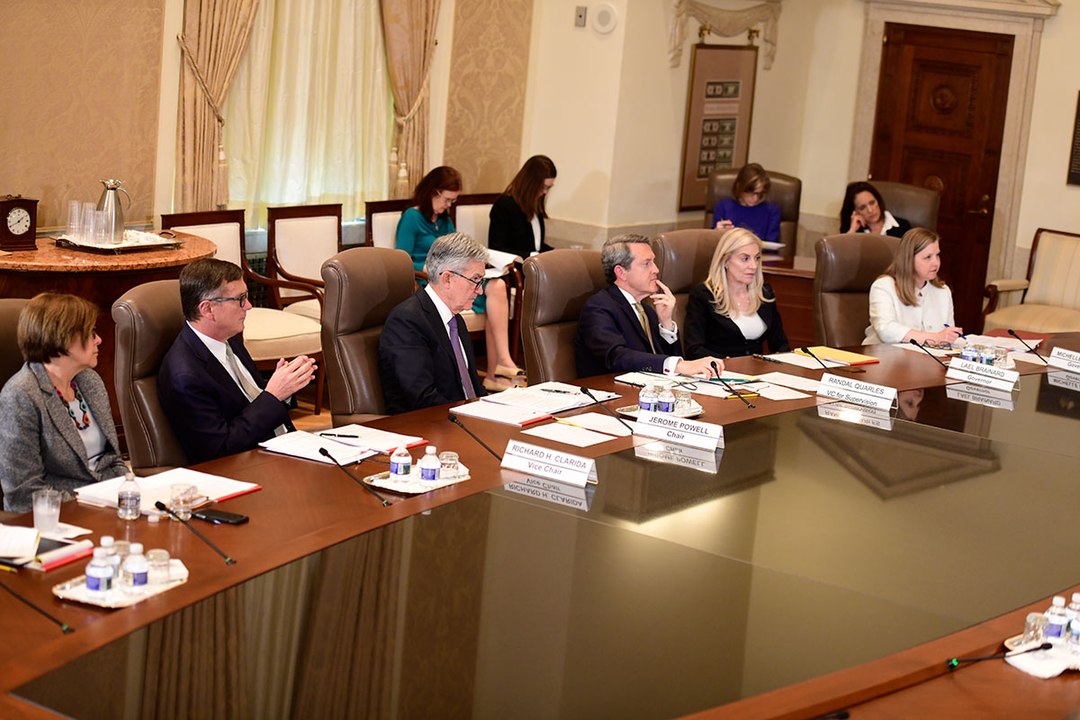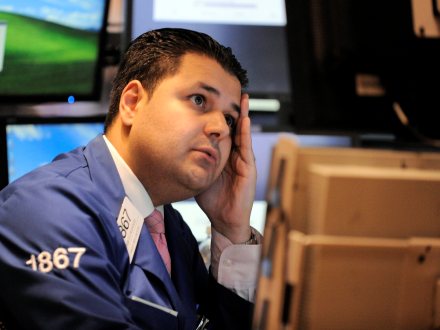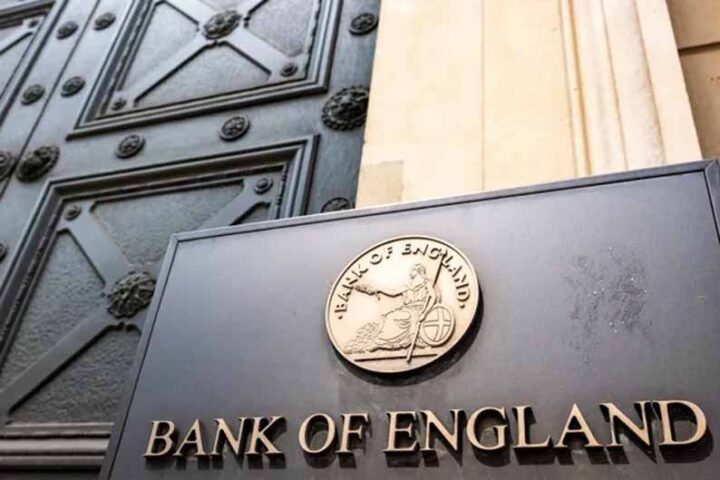By Lukman Otunuga, Senior Research Analyst at FXTM
Asian shares flashed red on Thursday, tracking declines in Wall Street overnight after the Federal Reserve signalled interest rates will climb higher than anticipated.
This fresh development strained risk appetite as investors became concerned over tighter monetary policy triggering a recession. European futures are pointing negative on Thursday amid the cautious mood and this could circle back to US indices later in the day.
In the currency space, USD loitered near a six-month low against major peers despite the hawkish Fed, while gold slipped back under $1800.
Overnight, more disappointing data from the second-largest economy in the world fuelled recession fears.
China’s latest retail sales declined by 5.9% year-on-year in November, much faster than the 0.5% witnessed in October and below the 3.7% market forecast. On top of this, the country’s industrial production for November grew 2.2%, compared to the 5% expansion in October.
With coronavirus outbreaks worsening in China last month, the stricter control measures weighed heavily on the economy.
Let’s talk about the Fed…
As widely expected, the Federal Reserve raised interest rates by 50 basis points overnight, marking the end of the jumbo 75 basis point hikes seen at the previous four meetings.
However, there were some key takeaways and golden nuggets in the policy meeting which offered investors fresh insight into the central bank’s thinking for 2023.
Fed Chair Jerome Powell stated that the central bank had “some ways to go” in its battle against inflation. Although there have been signs of inflation cooling, at 7.1% it’s still well above the Fed’s 2% target.
With policymakers projecting rates would end next year at 5.1%, this was higher than futures markets had predicted and the previously indicated 4.6% at their last dot plot in September.
It looks like the Fed has ended 2022 on a hawkish note, leaving the doors wide open to more rate hikes in the New Year in an effort to control inflation.
After breaking below 104.00, the Dollar Index (DXY) could be preparing for a steeper decline.
Prices are trading below the 50-, 100- and 200-day Simple Moving Averages while the MACD is below zero.
An intraday break below 103.50 may signal a selloff towards 102.40. If bulls can push prices back above 104.00, a move towards 105.50 – a level just below the 200-day SMA – could be on the cards.
BoE expected to raise rates again
Markets widely expect the Bank of England to slow the pace of interest rate hikes on Thursday as it juggles the risks of sky-high inflation with concerns over economic growth.
After the jumbo 75-basis point hike back in November, the BoE is expected to shift to a lower gear with a 50-basis point hike. This will put the benchmark rate at 3.5% which will be the highest level since 2008.
Indeed, signs of easing inflationary pressures have reduced the pressure for the BoE to move ahead with a super-sized rate hike.
The latest UK CPI data for November confirmed that inflation eased to 10.7% in November 2022, from 11.1% in October, suggesting that inflation may have peaked. Nevertheless, consumer prices are still well above the BoE’s 2% target – forcing the bank to continue raising interest rates in 2023, albeit at a slower pace.
It may be wise to keep a close eye on the latest UK retail sales, PMI figures, and consumer confidence which could offer additional insight into the health of the economy.
But given how the UK is likely in recession due to the cost-of-living crisis, the central bank is trapped between a rock and a hard place. Whatever the outcome of the BoE meeting, it will most likely set the tone for GBPUSD for the rest of 2022.
ECB meeting preview
After two consecutive rate hikes of 75bp, the European Central Bank (ECB) is also expected to slow down, raising rates by 50 basis points on Thursday.
The central bank is likely to announce Quantitative Tightening next year, however, no specific dates are expected to be revealed.
Signs of cooling inflation in Europe may offer some breathing room for the ECB to adopt a less aggressive approach toward rates in 2023.
Investors will direct much of their attention towards the staff projections which are expected to show inflation expectations pushed upwards for the New Year and economic growth forecasts lowered.
Should the ECB strike a hawkish tone and signal more rate hikes in 2023, this could inject euro bulls with renewed inspiration. Alternatively, a cautious-sounding central bank that expresses concerns over the growth outlook could result in a weaker euro.
Looking at the technical picture, EURUSD remains firmly bullish on the daily timeframe. The recent break and daily close above 1.0600 could signal further upside with 1.0760 acting as a point of interest.
Gold extends losses
Gold extended losses Thursday morning as investors digested Fed Chair Jerome Powell’s hawkish statement overnight.
With the Fed still waging war against inflation and interest rates expected to climb higher than anticipated, the appetite for zero-yielding gold took a hit.
Prices are approaching the 200-day Simple Moving Average around $1785. A strong break below this level could signal a selloff towards $1766 and $1750, respectively.
For information, disclaimer and risk warning note visit: FXTM
FXTM Brand: ForexTime Limited is regulated by CySEC and licensed by the SA FSCA. Forextime UK Limited is authorised and regulated by the FCA; Exinity Limited is regulated by the Financial Services Commission of Mauritius.









